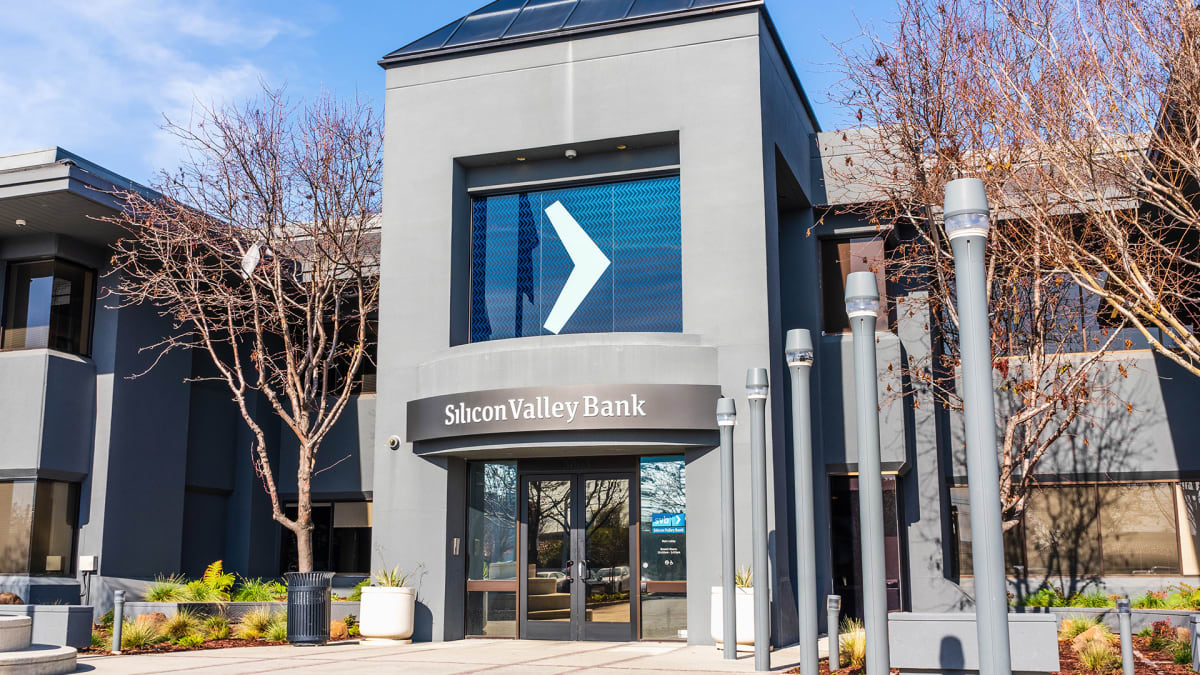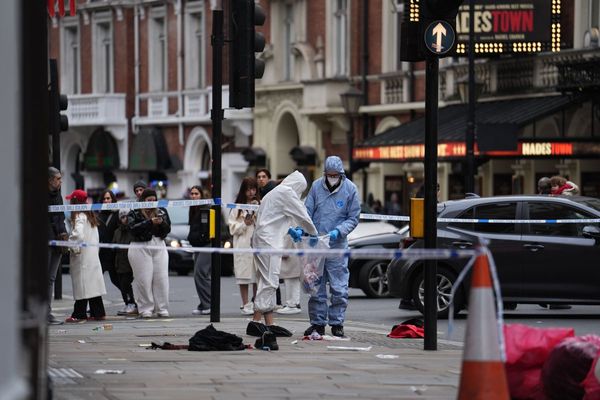
It is an extraordinary move to avoid a possible contagion from the collapse of the Silicon Valley Bank.
On Sunday evening, U.S. regulators put an end to the suspense that plagued business and political circles around the world.
Would they find a solution in time for the thousands of startups and small businesses, whose funds were blocked on Mar. 10, in the sudden shutdown of Silicon Valley Bank (SIVB), a prominent bank for financing the innovation economy?
In a joint statement, Secretary of the Treasury Janet Yellen, Federal Reserve Board Chair Jerome Powell, and the Federal Deposit Insurance Corporation (FDIC) Chairman Martin Gruenberg, unveiled a plan to avoid contagion from SVB's collapse.
The plan will also apply to Signature Bank, New York, New York, another bank that the regulators said they shut down on Mar. 12.
'Decisive Actions'
The flagship measure of this plan is the announcement that all depositors of the failed bank would receive their money, thus ending a suspense that threatened to undermine the existence of several startups and small businesses.
"Today we are taking decisive actions to protect the U.S. economy by strengthening public confidence in our banking system. This step will ensure that the U.S. banking system continues to perform its vital roles of protecting deposits and providing access to credit to households and businesses in a manner that promotes strong and sustainable economic growth," read the joint statement.
"Depositors will have access to all of their money starting Monday, March 13," the three regulators said.
The Fed will create a new Bank Term Funding Program (BTFP), whose purpose will be to safeguard institutions impacted by the collapse of SVB.
This facility will provide loans, of up to one year in length, to banks, savings associations, credit unions, and other eligible depository institutions, pledging U.S. Treasuries, agency debt, mortgage-backed securities and other qualifying assets as collateral, the Fed said in a separate statement.
These assets will be valued at par, which means at their original value regardless of the evolution of interest rates, the rise of which in recent months has reduced the value of long-term bonds purchased when rates were low.
"This action will bolster the capacity of the banking system to safeguard deposits and ensure the ongoing provision of money and credit to the economy," the regulator said, adding that it is "prepared to address any liquidity pressures that may arise."
The Treasury will also make available up to $25 billion from the Exchange Stabilization Fund as a backstop for the facility program. But the Fed said it does not anticipate that it will be necessary to draw on these backstop funds.
No Bailout
In addition, the Fed announced that it will soften conditions at its discount window: it will apply the same margins used for the securities eligible for the BTFP, further increasing lendable value at the window.
These extraordinary measures show the determination of the regulators to extinguish as quickly as possible a crisis which threatened to take away the economy of startups.
Regulators have clearly confirmed that there will be no SVB bailout.
"No losses associated with the resolution of Silicon Valley Bank will be borne by the taxpayer," Yellen, Powell and Gruenberg said in their joint statement.
This option was politically sensitive. Many politicians had sent a clear message that taxpayer money should not be used to save a bank, as was the case during the 2008 financial crisis.
"Taxpayers should absolutely not bail out Silicon Valley Bank," Republican presidential candidate Nikki Haley said on Twitter. "Private investors can purchase the bank and its assets. It is not the responsibility of the American taxpayer to step in. The era of big government and corporate bailouts must end."
For powerful Republican Sen. Mitt Romney of Utah, Silicon Valley Bank’s shareholders and executives should "lose it all."
How SVB Crashed
The regulators seem to have followed this request, since they indicated that the losses of the shareholders of SVB would not be covered.
"Shareholders and certain unsecured debt holders will not be protected. Senior management has also been removed. Any losses to the Deposit Insurance Fund to support uninsured depositors will be recovered by a special assessment on banks, as required by law."
SVB’s failure, which is the second-largest of a bank in U.S. history, has shaken many investors. It was the result of a bank run, caused by the firm’s announcement that it planned to raise $2.25 billion by issuing new common and convertible preferred shares to shore up its finances, after it sold bonds in its portfolio of investments at a $1.8 billion loss.
About $42 billion of deposits were withdrawn by the end of March 9, according to a regulatory filing. By the close of business that day, SVB had a negative cash balance of $958 million.
The FDIC took control and is now the manager of $175 billion in customer deposits, including money from several startups and from some of the biggest names in the technology world.
The regulator also created a new entity and indicated that unsecured depositors, that is, SVB customers with more than $250,000 in their accounts, will not, for the moment, have access to their money.
This announcement, made on Mar. 10, left much uncertainty about the ability of many startups to operate in the coming weeks, since their funds are locked up. The FDIC had also said that it would pay uninsured depositors an "advance dividend within the next week."
The question was how much this "advanced dividend" would amount to.
Companies with SVB accounts, lines of credit and credit facilities were wondering what this meant for them, when they would be able to access their funds, whether they would be able to get all their funds out, and whether they would have access to their credit lines.
More than 95% of the bank's deposits were uninsured as of December, according to regulatory filings.







